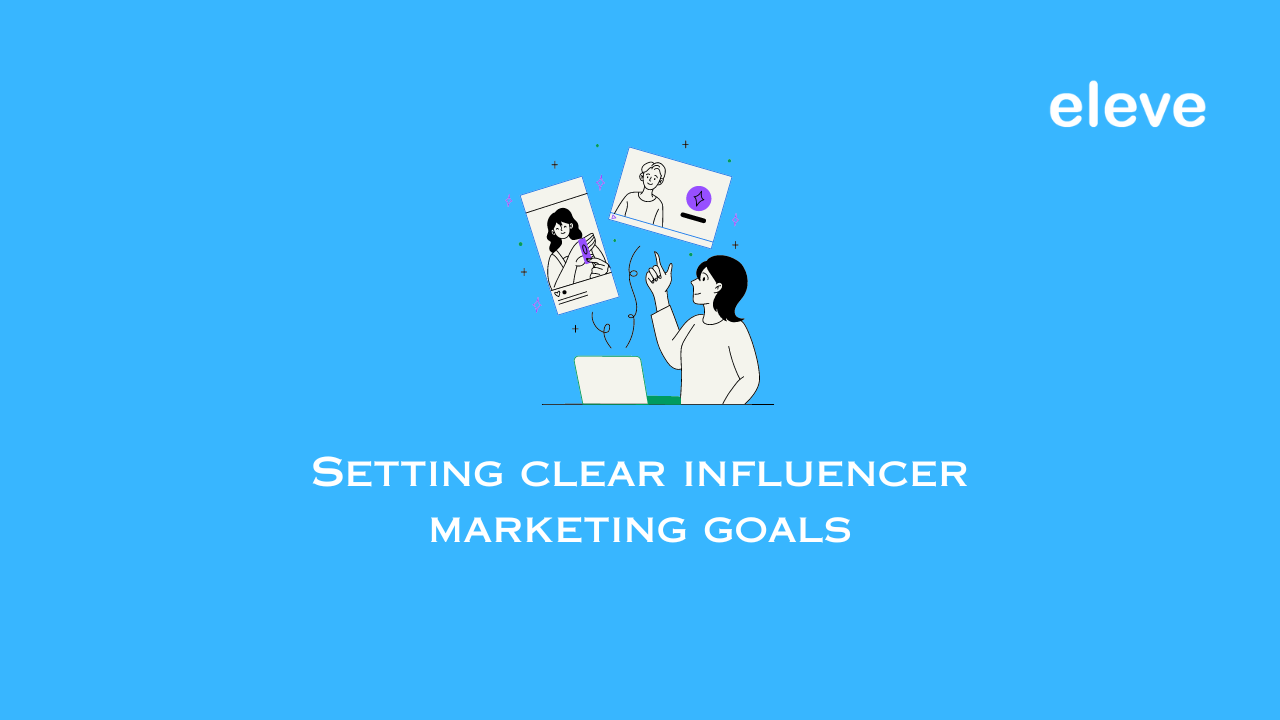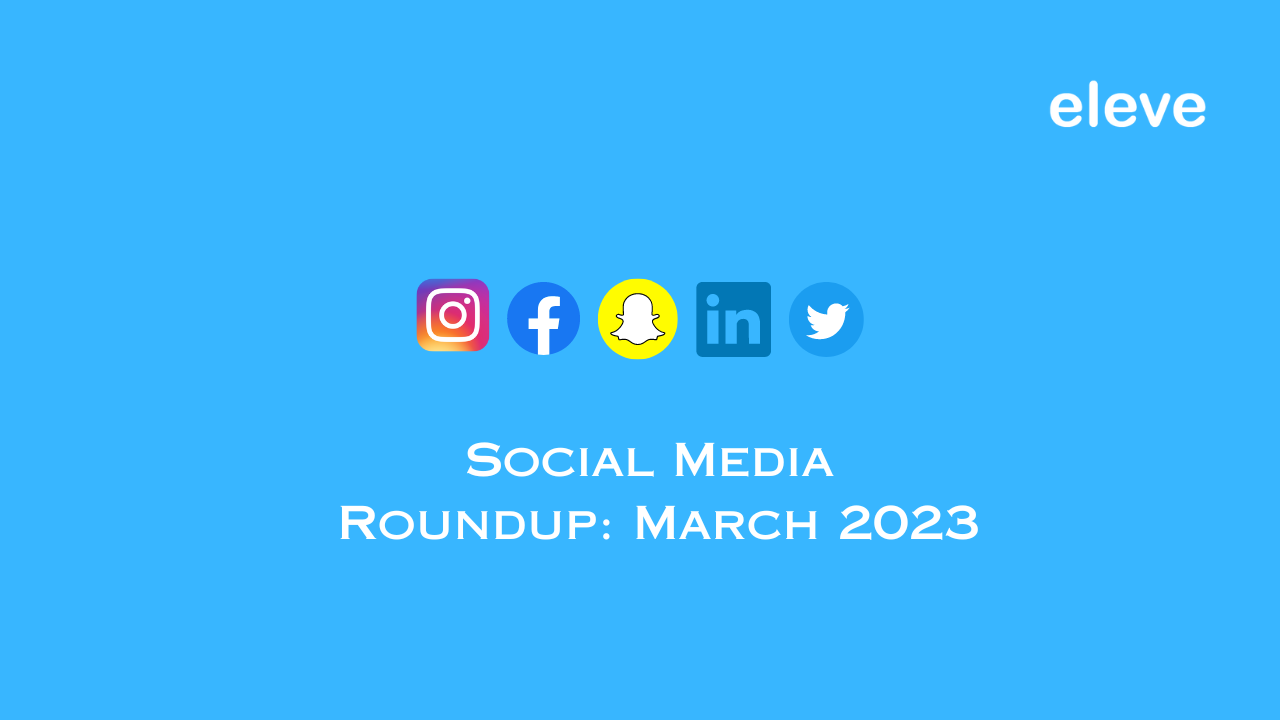The phrase, ‘a picture is worth a thousand words’ is proven right by the photo-sharing app launched in 2010. One of the most popular and most used apps in recent years is Instagram. The app allows users to share pictures and build connections with people from all over the world. The social media platform has become the powerhouse of the digital space with billions of users worldwide. Considering the audience of Instagram, Gen Z takes up the center stage, followed by the millennials, and has massively impacted the shape of the app.
Through Instagram, the dynamics of social media have changed drastically. In the beginning, when the app was launched, the intention was that people should share their pictures once in a while, but with the course of time and constant up-gradation with new features, the scrolling, posting, and editing of pictures never stops. Users have become so invested that all their day-to-day activities are centered around the platform and even tiniest activity that they do go up on the ‘gram’!
In a short period, the platform has gained immense popularity not just by the youngsters and usual users but also by businesses and marketers. The sudden shift of the audience from traditional forms of media to platforms like Instagram has urged brands to follow the same path. Brands constantly juggle between creating eye-catchy ads and getting their target audience’s attention. Instagram serves as a platter for brands with multiple advertising methods to choose from. With the constant addition of new features, brands get innovative and quirky ways to advertise.
How is Instagram advertising helpful?
The main reason why Instagram ads prove to be effective and are the top priority of most advertisers is that they don’t give a feel of an advertisement to users.
Instagram allows advertisers to experiment with advertising methods in various ways. Such experiments help in attracting all age groups of audiences and result in higher engagement rates. Through studies, it has been proven that the engagement rate on Instagram is higher in comparison to other social media platforms.
The success of campaign analysis is much easier and is measured based on accurate parameters like awareness, reach, and recall instead of follower counts, likes, or comments.
Advertisements (both photo and video ads) on Instagram convert better than product display or generic advertising pictures and help in generating huge amounts of ROI for the brand.
One of the most important keys for brands on a platform like Instagram is to understand their demographics. Unless the brand knows who the audience is, what the audience is talking about, and what they are interested in, they will have a hard time understanding how to engage the audience. An in-depth of the target audience is an essential part of a successful Instagram strategy.
How do brands advertise on Instagram?
Brand exposure, website traffic, lead generation, conversion of current leads, Instagram can ensure all tasks of brands if the approach taken by the marketers turns out correct.
Instagram does not have a separate Ad Manager, so any brand wishes to advertise on the platform has to navigate an ad manager within Facebook.
Brands should have clear objectives. Instagram ads provide the following options to the marketers to choose from:
- Brand awareness
- Reach
- Target
- Conversion
- App installs
- Engagement
- Views
Once the brand finalizes its objective, they should look for the segment of the audience that needs to be targeted. Location, age, demographics, behaviors; all factors need to be finalized in the process itself.
Now that target audience with ideal demographics are finalized, Ad Placement comes in play. Placement defines how people will experience the brand across the platform. On Instagram, placement could be on stories or through posts as photos or videos.
The final step is to set up a budget for the campaign. Advertisers have two options to opt from:
Daily budget: Advertisers can pay money on a day-to-day basis and set up the ad run continuously throughout the day. The daily budget keeps fluctuating based on different goals and factors of the campaign.
Lifetime budget: Advertisers can choose a particular period and can run ads all along for the specified length.
The cost of the Instagram ads depends upon factors ranging from the audience to ad feedback. The model is based on CPC (cost-per-click) and CPM’s (cost per impressions), and prices are determined according to Instagram’s ad auction.
What are the different advertising methods?
Marketers can reach out to the audience in three particular ways:
- Native
- Sponsored
- Influencer marketing
Although all three terms superimpose each other in a way, there are differences between these popular forms of advertising.
Native advertising
The promotion of brands within the chosen content without prominent advertising is called Native advertising. Many native ads have a label of ‘sponsored’ added to them. These can be in the format of:
- Photo ads
- Video ads
- Shoppable posts
- Carousel ads
- Stories ads
- Canvas ads
Sponsored content
Sponsored content is just like native advertising, but in this form of advertising, the paid partnership is made evident through the mention of “#ad” or “sponsored content.” Sponsored content intends to closely resemble the platform’s content and not interrupt the user’s online experience. Brands should always have a clear vision that all native ads can be sponsored, but not all sponsored ads can be native.
Influencer marketing
Brands partner with influencers and celebrities for the promotion of the brands. Promotions can be subtle or explicit and can include offer coupons, deals, or giveaways, or specific CTA’s. Influencers are divided into four categories based on their follower count:
- Nano
- Micro
- Macro
- Mega
Brands can collaborate with any influencer based on the budget, objective, and target audience. Influencer marketing is done on Instagram through different mediums:
- Paid partnerships
- Stories
- Live stories
- Instagram Takeovers
Instagram, as an online community, has unlimited market potential for brands. Each day is a clean slate and an open ground for as many experiments as possible. The drill is quite simple for the brands. Actionable insights, preferences, and behavior understanding of users pave the way for a smart strategy.





